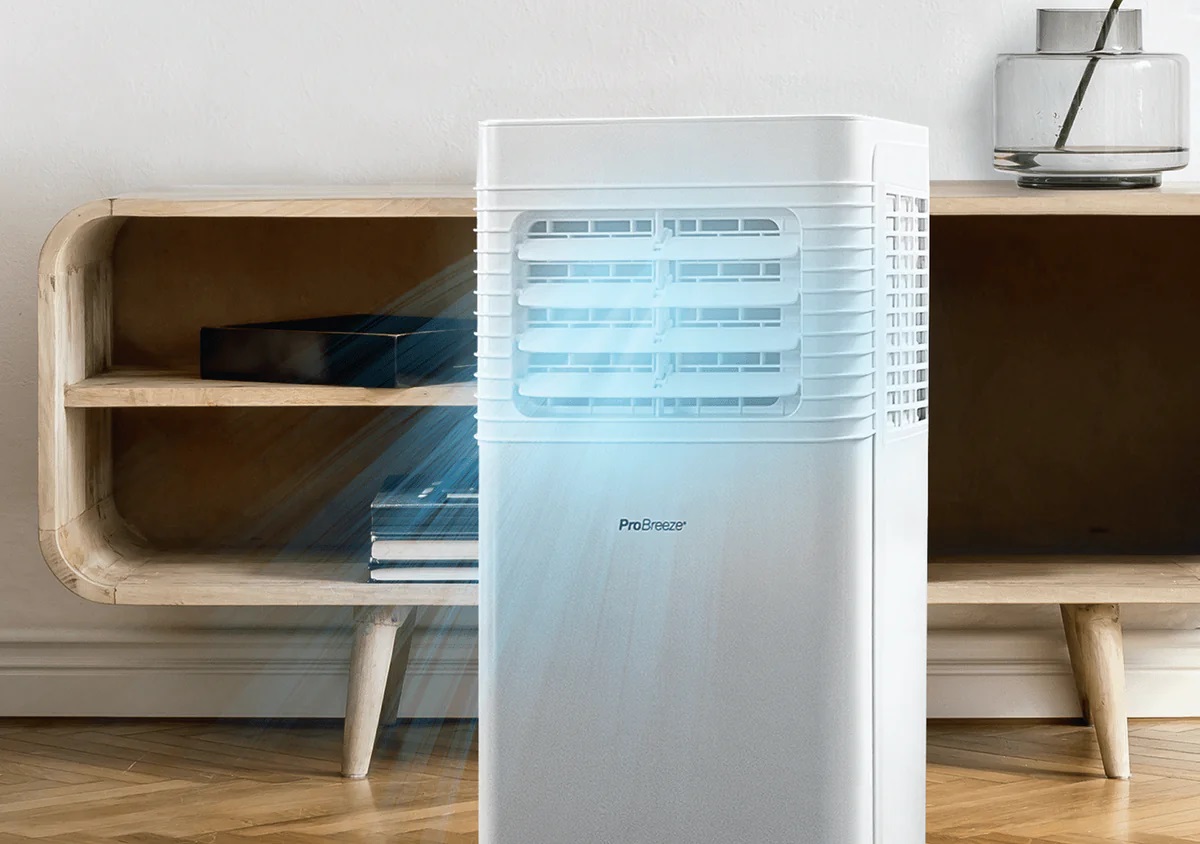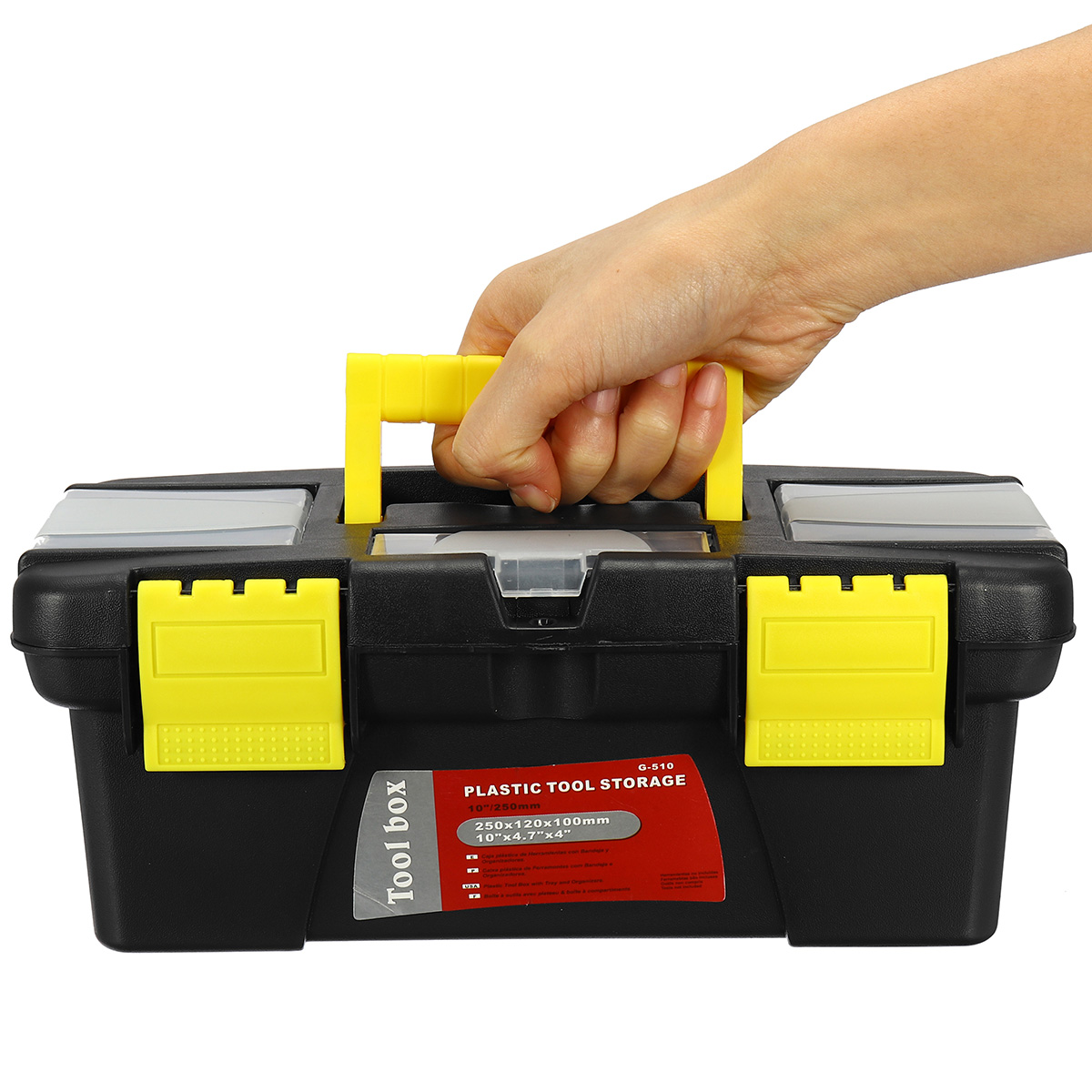

Articles
How Much Power Does A Box Fan Use
Modified: October 29, 2024
"Discover the power consumption of box fans in our informative articles. Find out how much energy these fans use and make an informed decision for efficient cooling."
(Many of the links in this article redirect to a specific reviewed product. Your purchase of these products through affiliate links helps to generate commission for Storables.com, at no extra cost. Learn more)
Introduction
Welcome to this article on the power consumption of box fans. In our modern world, energy efficiency has become a crucial consideration in every aspect of our daily lives. From the appliances we use to the vehicles we drive, we are constantly seeking ways to minimize our energy consumption and reduce our environmental impact.
Box fans are a popular and versatile cooling solution found in many homes and businesses. They offer effective airflow and cooling at a fraction of the cost of air conditioners. However, have you ever wondered how much power these fans actually consume? Understanding the power usage of box fans can help you make informed decisions about their usage and potentially reduce your energy bills.
In this article, we will delve into the inner workings of box fans, explore the factors that affect their power consumption, and provide useful tips for reducing energy usage. So, let’s dive in and unravel the mystery of how much power these humble electrical appliances really use.
Key Takeaways:
- Box fans typically have power ratings ranging from 40 to 100 watts, making them a cost-effective cooling option with minimal energy consumption compared to air conditioners.
- To optimize energy efficiency, choose the right size fan, use the lowest speed setting, strategically position the fan, and invest in an energy-efficient model labeled with Energy Star certification.
Read more: How Much Power Does A Dehumidifier Use
Understanding Box Fans
Before we delve into the power consumption of box fans, let’s start by understanding what exactly a box fan is and how it functions. A box fan, also known as a window fan or a portable fan, is a type of electric fan that is designed to circulate air in a confined space.
A box fan is typically composed of a square or rectangular frame with a set of fan blades housed inside. The fan blades are connected to a motor, which is responsible for spinning them and creating the airflow. The frame is usually made of plastic or metal, and it may have adjustable louvers or vents to control the direction of the airflow.
Box fans are designed to be portable, which means they can be easily moved from one location to another. This makes them a versatile cooling solution that can be used in various settings, including homes, offices, dorm rooms, and workshops.
Now that we understand the basic components of a box fan, let’s take a look at how it functions. When you turn on a box fan, the motor starts rotating the fan blades. As the blades spin, they create a flow of air in the direction determined by the position of the fan. This airflow helps to circulate and ventilate the space, providing a cooling effect by evaporating sweat from your body and increasing the rate of heat transfer.
Box fans are especially effective when placed in front of an open window. By positioning the fan to blow air out of the window, it helps to push the hot air out of the room, creating a cooling breeze as fresh air is drawn in from outside. This can be particularly beneficial during the summer months when temperatures soar.
Aside from providing cooling relief, box fans have a wide range of other uses. They can help to improve indoor air quality by removing odors and circulating fresh air. They can also be used in combination with air purifiers or dehumidifiers to enhance their effectiveness. In addition, box fans are often employed in workshops and garages to promote air circulation and prevent the buildup of fumes or dust particles.
In summary, box fans are portable electric fans that are designed to circulate air in confined spaces. They consist of a frame, fan blades, and a motor. Box fans can be used for various purposes, including cooling, ventilation, odor removal, and air circulation in workshops. Now let’s move on to understanding how power consumption is determined in these fans.
Power Consumption of Box Fans
Now that we have a good understanding of what box fans are and how they work, let’s explore the factors that affect their power consumption and how it can be determined. As with any electrical device, the power usage of a box fan depends on several variables, including its settings, size, and energy efficiency.
One of the key factors that affect the power usage of a box fan is the speed or intensity at which it operates. Most box fans come with multiple speed settings, allowing you to adjust the airflow according to your needs. It is important to note that higher speed settings generally consume more power compared to lower settings. So, using a box fan at its highest speed for an extended period will result in higher energy consumption.
Another factor that can impact the power usage of a box fan is its size and motor power. Generally, larger box fans with more powerful motors tend to consume more electricity. This is because the larger blades and stronger motor require more energy to generate the desired airflow. On the other hand, smaller box fans with lower power motors will typically use less electricity.
Determining the power consumption of a box fan is relatively straightforward. Every electrical device comes with a power rating, usually measured in watts. This rating indicates the amount of electrical energy the device consumes when operating at its full capacity. The power rating of a box fan can be found on its label or in the user manual. By multiplying the power rating of the fan by the number of hours it is used, you can calculate the total energy consumption in watt-hours (Wh).
When it comes to energy efficiency, box fans are not typically subjected to strict regulations or certifications. However, you can still find information about the energy efficiency of some models. Energy-efficient box fans are designed to minimize power consumption while delivering optimal airflow. Manufacturers may provide energy efficiency ratings, such as Energy Star, to indicate that a particular model meets certain energy-saving standards.
If energy efficiency is a priority for you, it is recommended to look for box fans with higher energy efficiency ratings. These fans are designed to use less power without compromising their cooling capabilities, saving you money on your energy bills over time.
In the next section, we will explore the typical power usage of box fans and compare different models to give you a better idea of their energy consumption.
Typical Power Usage of Box Fans
When it comes to the power usage of box fans, it’s important to note that there is no universal standard. The power consumption can vary depending on the specific model, brand, and features of the fan. However, we can provide you with a general idea of the typical power usage you can expect from a box fan.
Most standard-sized box fans have power ratings ranging from 40 to 100 watts. This means that when operated at maximum speed, these fans will consume between 40 to 100 watts of electricity per hour. If you have a variable-speed box fan, the power consumption will vary depending on the speed setting you choose.
Let’s do some quick calculations to give you a better understanding of the power usage. For example, if you have a box fan with a power rating of 60 watts and you run it for 8 hours a day, the total energy consumption would be 480 watt-hours (0.48 kilowatt-hours or kWh) per day. Over the course of a month, this would amount to approximately 14.4 kWh. Keep in mind that these calculations are approximate and can vary depending on the actual power rating of the fan.
It’s important to note that box fans typically have low power consumption compared to other cooling appliances, such as air conditioners. This makes them a cost-effective option for those looking to stay cool without significantly impacting their energy bills.
If you’re concerned about the power usage of your box fan and are looking for ways to reduce it, keep reading to discover some helpful tips on optimizing energy efficiency.
Consider using a box fan with a lower wattage to save on energy costs. Look for fans with Energy Star certification for maximum efficiency.
Comparing Different Box Fan Models
When it comes to choosing a box fan, there is a wide variety of models available on the market, each offering different features and specifications. It’s essential to compare and evaluate these models to find one that suits your needs while also considering energy efficiency. Let’s take a look at some factors to consider when comparing different box fan models.
1. Power Rating: The power rating of a box fan determines its energy consumption. Higher wattage fans may provide stronger airflow but will consume more electricity. Consider your cooling needs and choose a power rating that balances performance and energy efficiency.
2. Size: Box fans come in various sizes, usually measured by the length or width of the fan frame. Larger fans can move more air and cover a wider area, but they may consume more power. Smaller fans are generally more energy-efficient but may have a lower airflow capacity.
3. Speed Settings: Box fans with multiple speed settings allow you to adjust the airflow according to your preferences. Fans with more speed options provide more flexibility but may consume more power at higher speeds. Evaluate your cooling needs and choose a model with speed settings that suit your requirements.
4. Noise Level: The noise produced by a box fan can vary depending on the design and quality of the fan motor. If noise is a concern for you, look for models with noise-reducing features or those specifically marketed as “quiet” fans.
5. Energy Efficiency: While not all box fans have standardized energy efficiency ratings, some manufacturers may provide information on the energy-saving capabilities of their models. Look for fans with higher energy efficiency ratings, such as Energy Star certification, to choose a more environmentally friendly and cost-effective option.
6. Additional Features: Some box fans come with extra features like built-in timers, remote controls, or adjustable thermostats. These features can enhance convenience and allow for better control over the fan’s operation. However, keep in mind that additional features may impact power consumption.
Consider your specific needs and priorities when comparing different box fan models. Look for reliable brands with positive customer reviews and consider the balance between performance, energy efficiency, and affordability to make an informed decision.
Now, let’s explore some tips for reducing power consumption and optimizing energy efficiency with your box fan.
Read more: How Much Power Does Dryer Use
Tips for Reducing Power Consumption
Reducing the power consumption of your box fan can not only help lower your energy bills but also contribute to a more sustainable lifestyle. Here are some tips to help you optimize energy efficiency while using your box fan:
1. Choose the Right Size: Select a box fan that is appropriately sized for the space you intend to cool. Using a fan that is too large for a small room can result in unnecessary energy consumption.
2. Use the Lowest Speed Setting: Running your box fan on the lowest speed setting can significantly reduce power consumption while still providing adequate airflow for your needs.
3. Position the Fan Strategically: Place your box fan near open windows or in areas where cross ventilation is possible. This allows the fan to circulate natural breezes and reduces the need to run it at higher speeds.
4. Maximize Natural Ventilation: During cooler times of the day, turn off your box fan and take advantage of natural ventilation by opening windows and using fans to draw in fresh air.
5. Clean and Maintain the Fan: Regularly clean the fan blades and grill to remove dust and debris, as this can obstruct airflow and reduce the fan’s efficiency. A well-maintained fan operates more smoothly and consumes less energy.
6. Use Localized Cooling: Instead of running the box fan in an entire room, consider using it in specific areas where cooling is needed, such as near your workspace or sleeping area. This allows you to concentrate the cooling effect where it is most required.
7. Consider Timer or Thermostat Features: If your box fan has these features, utilize them to automatically control the fan’s operation. Set timers to only run the fan when necessary or adjust the thermostat to maintain a comfortable temperature without continuous operation.
8. Use the Fan in Conjunction with Other Cooling Methods: By combining the use of a box fan with other cooling methods, such as keeping curtains closed during the hottest parts of the day or using shade screens, you can reduce reliance on the fan and further reduce energy consumption.
9. Invest in an Energy-Efficient Model: If you’re in the market for a new box fan, look for models with higher energy efficiency ratings, such as those labeled with Energy Star certification. These fans are designed to consume less power while maintaining effective airflow.
By implementing these tips, you can minimize the power consumption of your box fan and optimize its energy efficiency, ultimately reducing your environmental footprint.
Now, let’s conclude our exploration of box fan power consumption.
Conclusion
In conclusion, understanding the power consumption of box fans is essential for making informed decisions regarding their usage and reducing energy consumption. Box fans are versatile cooling solutions that provide effective airflow at a fraction of the cost of air conditioners.
Factors such as speed settings, fan size, and motor power affect the power usage of box fans. Higher speed settings and larger fans generally consume more electricity. Determining the power consumption of a box fan is relatively straightforward, as it can be calculated using the power rating of the fan and the number of hours it is used.
Typically, box fans have power ratings ranging from 40 to 100 watts. However, it’s important to note that power usage can vary depending on the specific model and its features. Comparing different box fan models allows you to consider factors such as power rating, size, speed settings, noise level, and energy efficiency. Energy-efficient models and those with additional features can provide a balance between performance, convenience, and energy savings.
To reduce power consumption while using a box fan, it’s recommended to choose the right size for the space, utilize the lowest speed setting, strategically position the fan for optimal ventilation, and keep the fan clean and well-maintained. Pairing the fan with other cooling methods and utilizing timer or thermostat features can further optimize its energy efficiency.
By applying these tips, you can minimize energy consumption and contribute to a more sustainable lifestyle. Choosing an energy-efficient box fan can not only save you money on energy bills but also reduce your environmental impact.
In conclusion, box fans are reliable cooling solutions that can provide comfort while keeping power consumption in check. So, next time you turn on your box fan, do so with the confidence that you are making an energy-conscious choice.
Curious about staying cool without breaking the bank? While you've learned about box fan energy use, why not check out our review on electric fans for the upcoming year? If you're also weighing options between air conditioners and fans, our detailed analysis on their electricity usage will clear up any confusion, helping you choose the best option for sustainable living.
Frequently Asked Questions about How Much Power Does A Box Fan Use
Was this page helpful?
At Storables.com, we guarantee accurate and reliable information. Our content, validated by Expert Board Contributors, is crafted following stringent Editorial Policies. We're committed to providing you with well-researched, expert-backed insights for all your informational needs.















0 thoughts on “How Much Power Does A Box Fan Use”